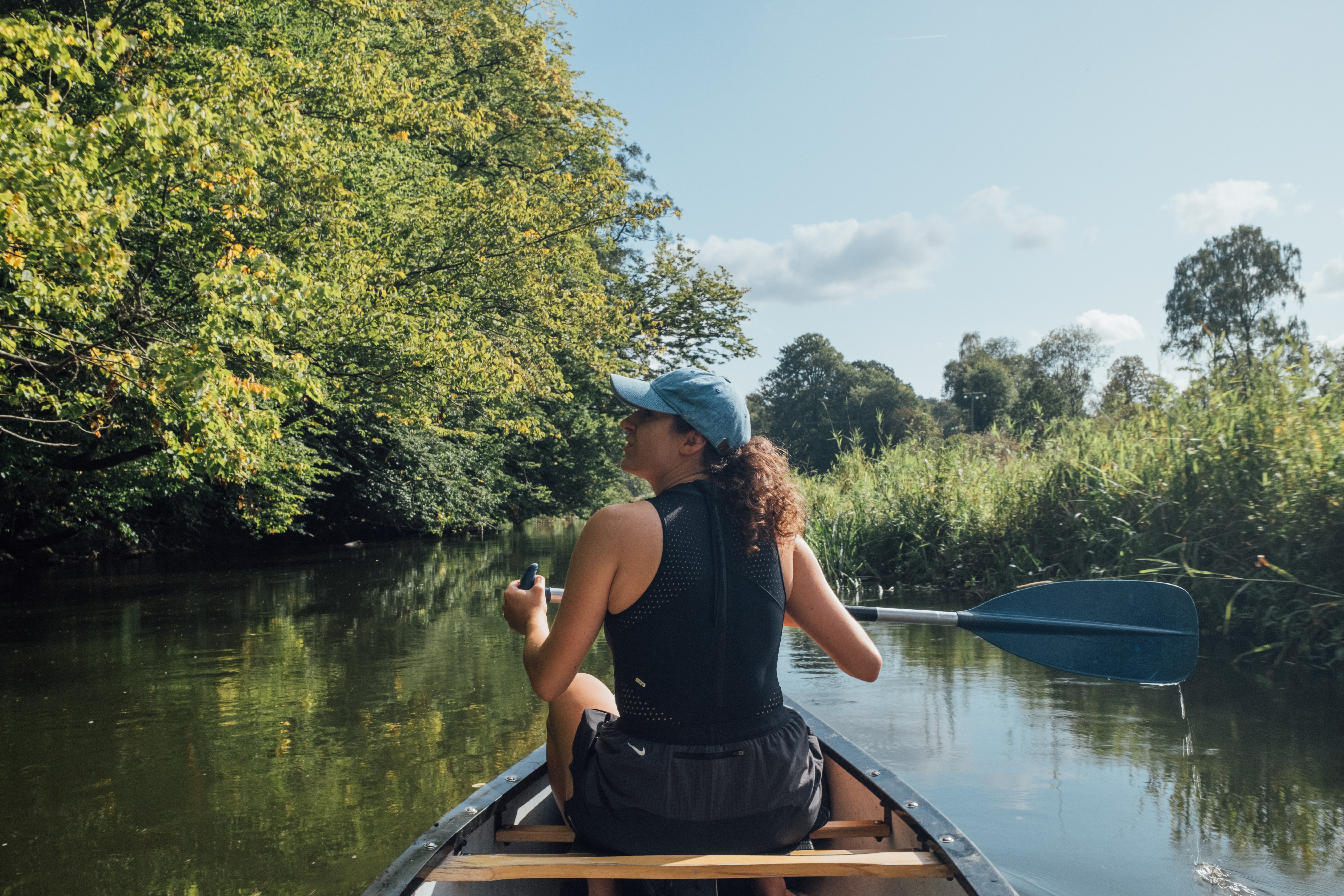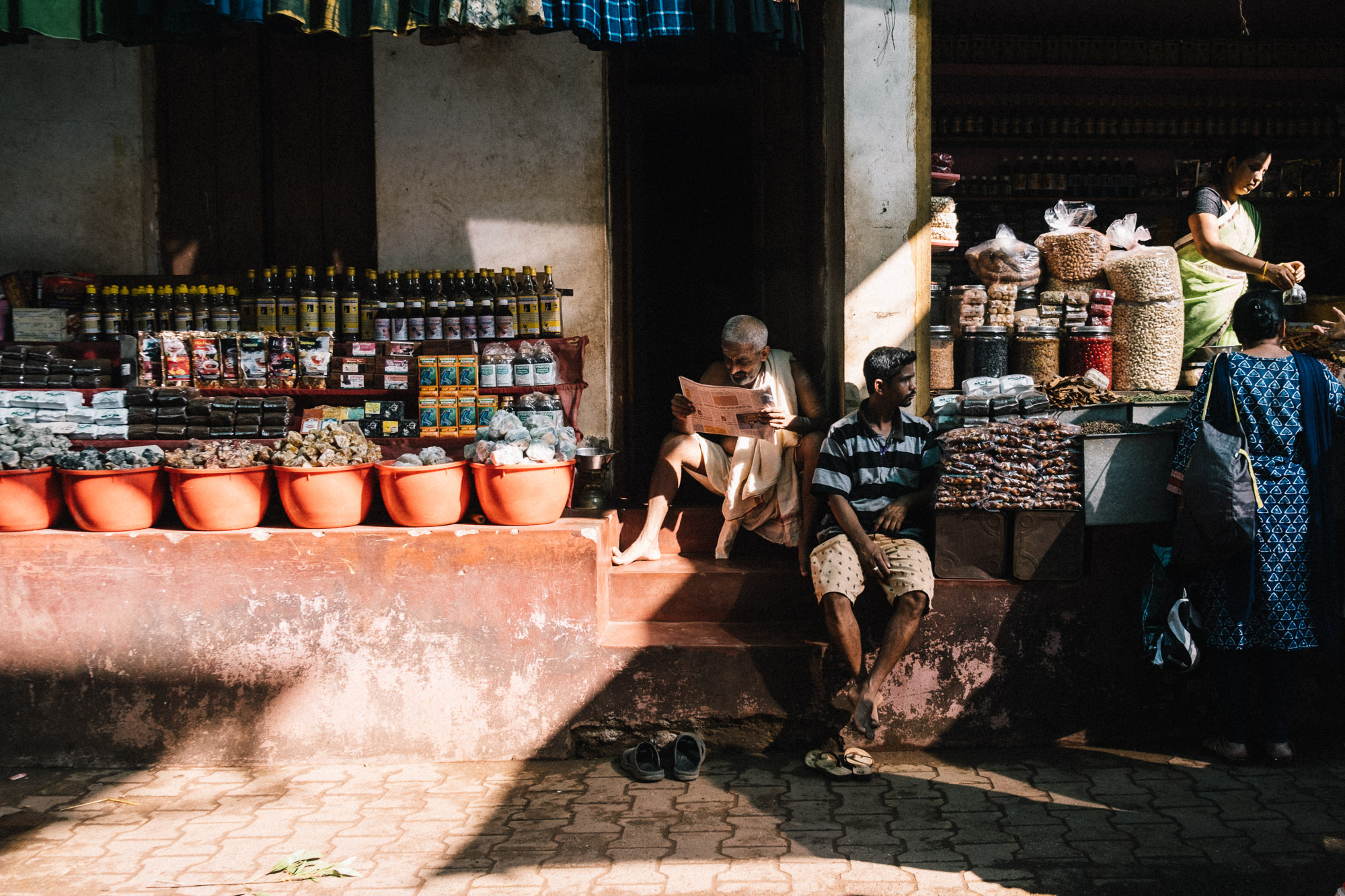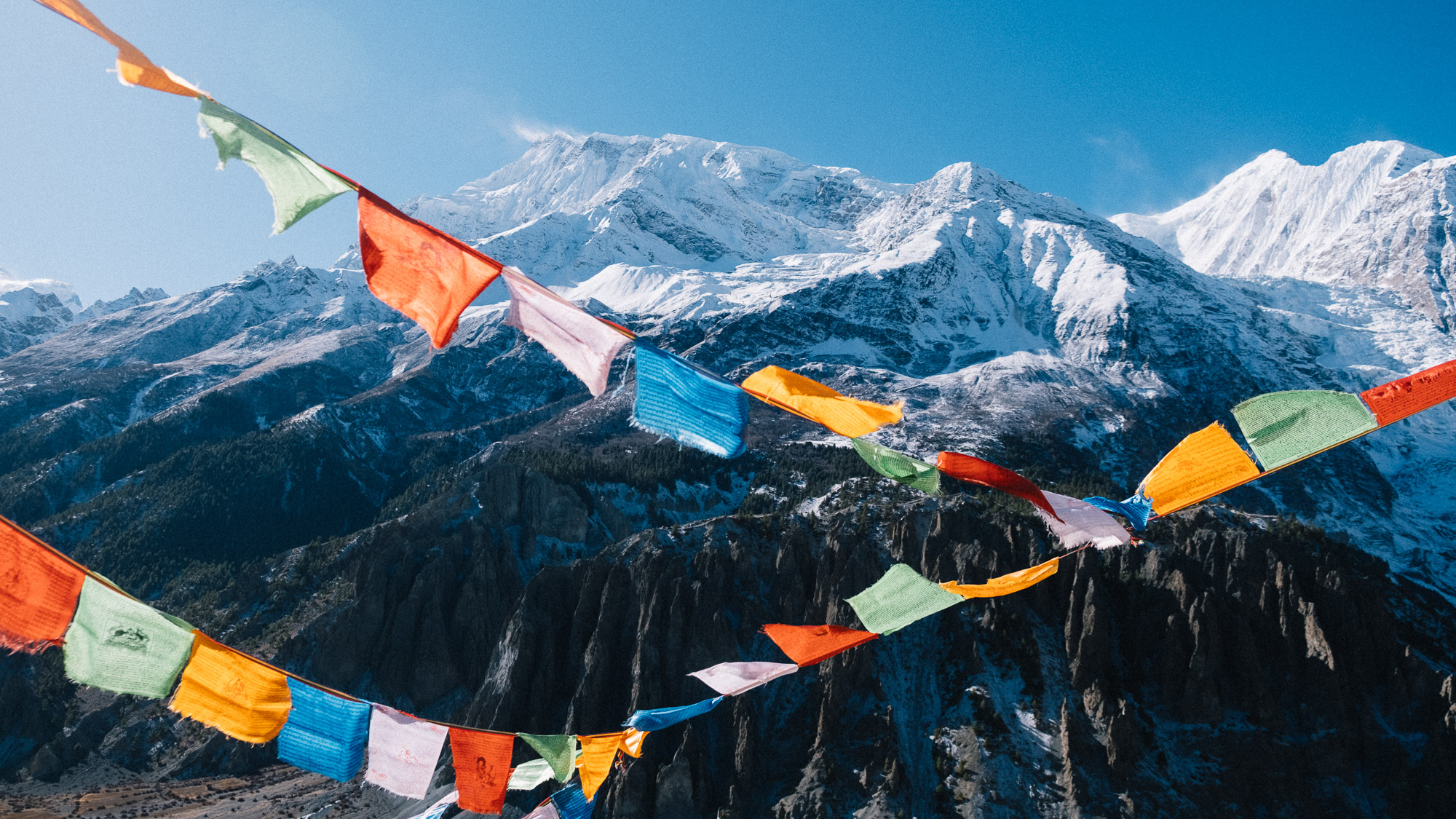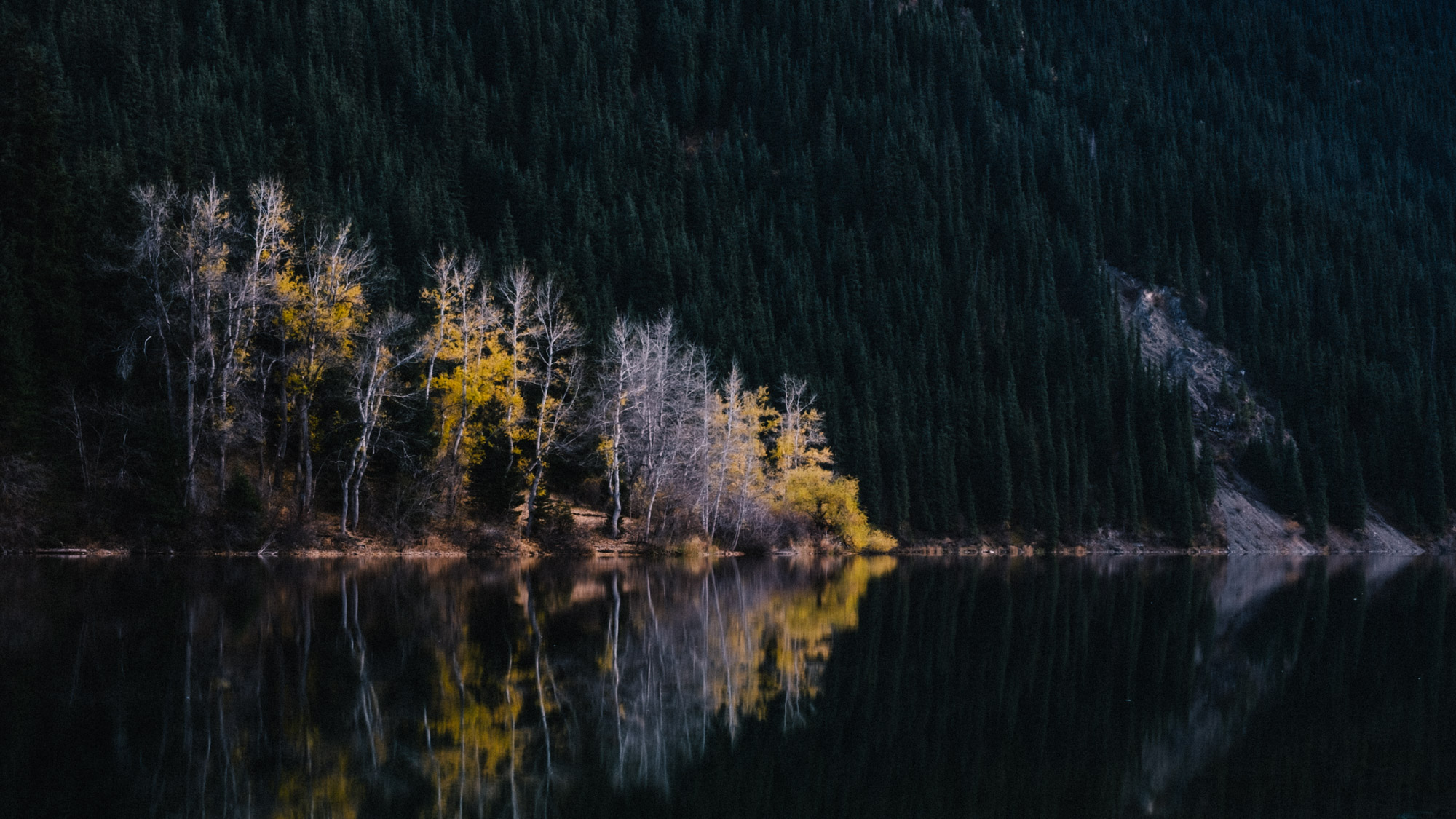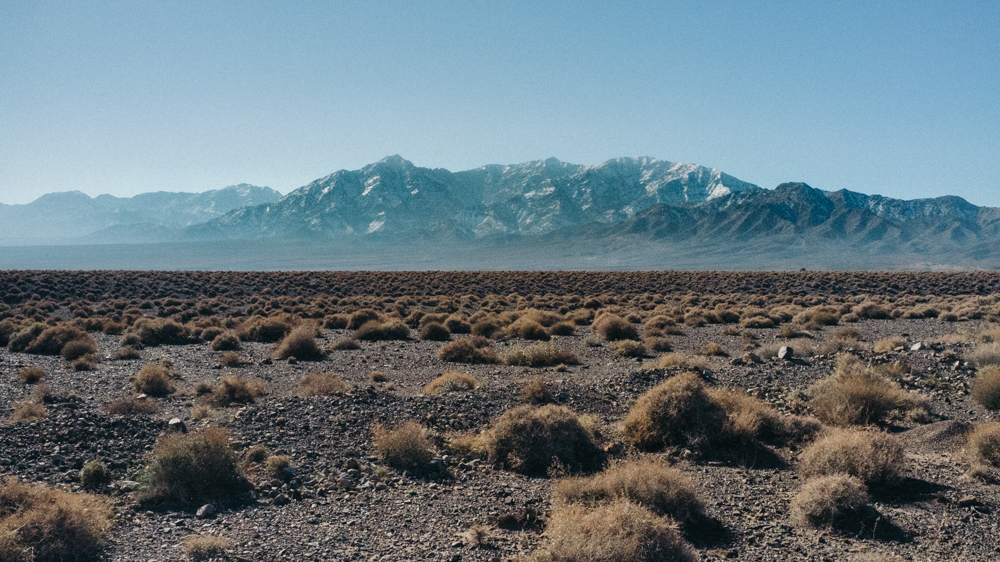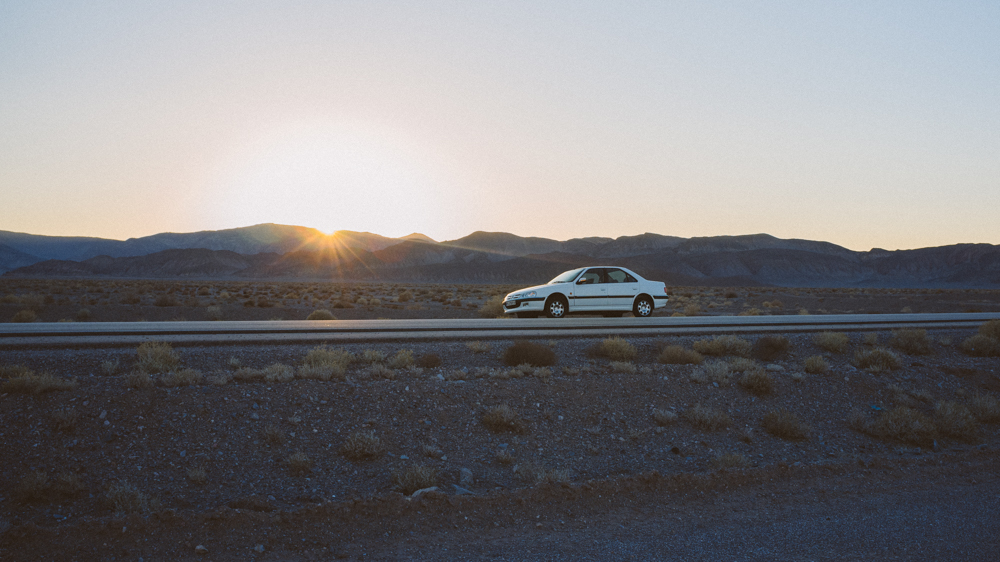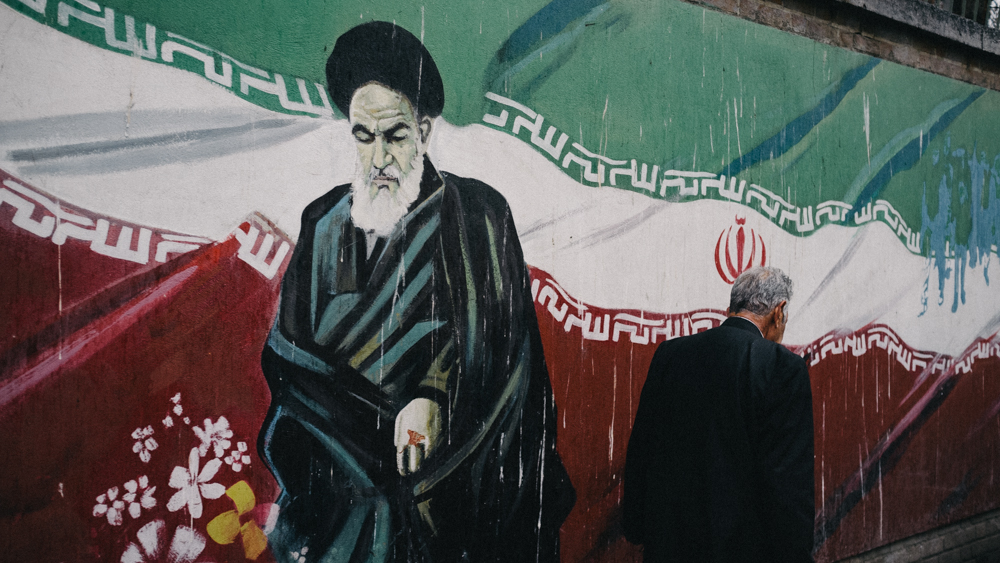Off-bike travels
-
Railing away from Mumbai to South India
A bustling cosmopolitan with food to die for. Pristine beaches and calm and tranquil backwaters. The city of Mumbai and the Southern Indian states surprised us in so many ways. This should be your next holiday destination.
Written by
-
Hiking along the high peaks of Nepal
After six months of dragging around our heavy hiking boots, we were finally able to put them to good use. Our next Himalayan adventure would be on foot. Hiking the Manaslu circuit trek.
Written by
-
Kazakhstan greatest country in the world
Our first impression from Kazakhstan wasn’t the greatest. The Almaty Region completely made up for that. Together with Sabina’s parents we enjoyed all of Almaty’s luxuries and discovered the regions unique canyons and lakes.
Written by
-
Iran part IV – Bam & Bandar, driving south
We drive further down south, towards the warmth of the Persian gulf. For the third time we pass Kerman, this time on our way to mister Akhbar in Bam. But after only ten minutes on the road we are stopped by the police. The officer didn’t speak English and our Farsi isn’t so good either.…
Written by
-
Iran part III – Kaluts in cold Kerman
We drive deeper into Iran and cross more deserts and Martian like landscapes. A typical travelers breakfast in hostels and guesthouses in Iran consist of flat white bread (in many different forms!), cucmber and tomatoe, white cheese and some carrot jam. When you’re lucky, sometimes a boiled egg. Not quite a solid base for a +7…
Written by
-
Iran part II – To Esfahan in a Peugeot Pars
After sightseeing in Tehran we hit the road. First on our route is Esfahan. We decided to rent our own car, to drive all the way to the South of Iran. We’ve read that the roads are fine, plus it spares us a lot of time in the short two weeks that we have. No…
Written by
-
Iran part I – Amsterdam to Tehran
In December 2018 we traveled to Iran. This is how we got there. It is almost hard to believe that we actually have just woken up in Amsterdam. Due to bad weather and extreme thick fog, half of the flights to Schiphol were cancelled. And that’s exactly where we are flying from today, to Teheran…
Written by

